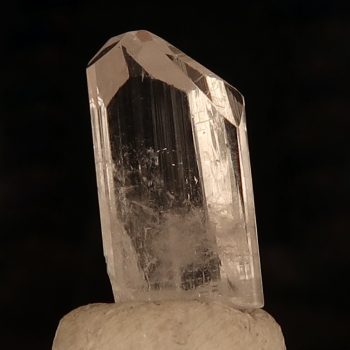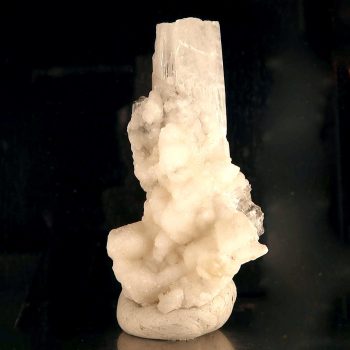Danburite
Danburite is a lovely crystalline mineral which is usually either clear and colourless or a yellowy-brown.
Higher quality specimens are sometimes faceted for jewellery makers.
Showing all 2 results
-

Danburite Specimens / Rough
Price range: £1.50 through £15.00 -

Danburite with Calcite specimens
Price range: £3.50 through £10.00
Appearance, Uses and History
Danburite is pretty much exclusively used as a gemstone and a collectors stone.
Due to its clarity and hardness, it can be used as a faceted stone, as reasonably clear stones occur in fairly large sizes. The clear colourless stones are most popular for faceting. In some rare cases, Danburite can display chatoyancy.
It was named in 1839 after the town of Danbury, Connecticut, USA – however, there is no gem grade material found there.
Locales
A relatively rare crystal with good specimens found in Austria, Italy, Japan, Madagascar, Mexico, Myanmar, Russia, Switzerland and the USA.
Mineralogy
Hazards and Warnings
Almost all rocks, minerals (and, frankly, almost all other substances on earth) can produce toxic dust when cutting, which can cause serious respiratory conditions including silicosis.
When cutting or polishing rocks, minerals, shells, etc, all work should be done wet to minimise the dust, and a suitable respirator or extraction system should be used.
Translations
Arabic:
- دانبوريت
Hindi:
Portuguese:
Bengali:
Indonesian:
Punjabi:
- ਡੈਨਬੂਰਾਈਟ
English:
Italian:
Russian:
- Данбурит
French:
Japanese:
- ダンブリ石
Spanish:
- danburita
German:
- Danburit
Korean:
Thai:
Gujurati:
Mandarin and Traditional Chinese:
Urdu:
- ڈینبوریٹ
